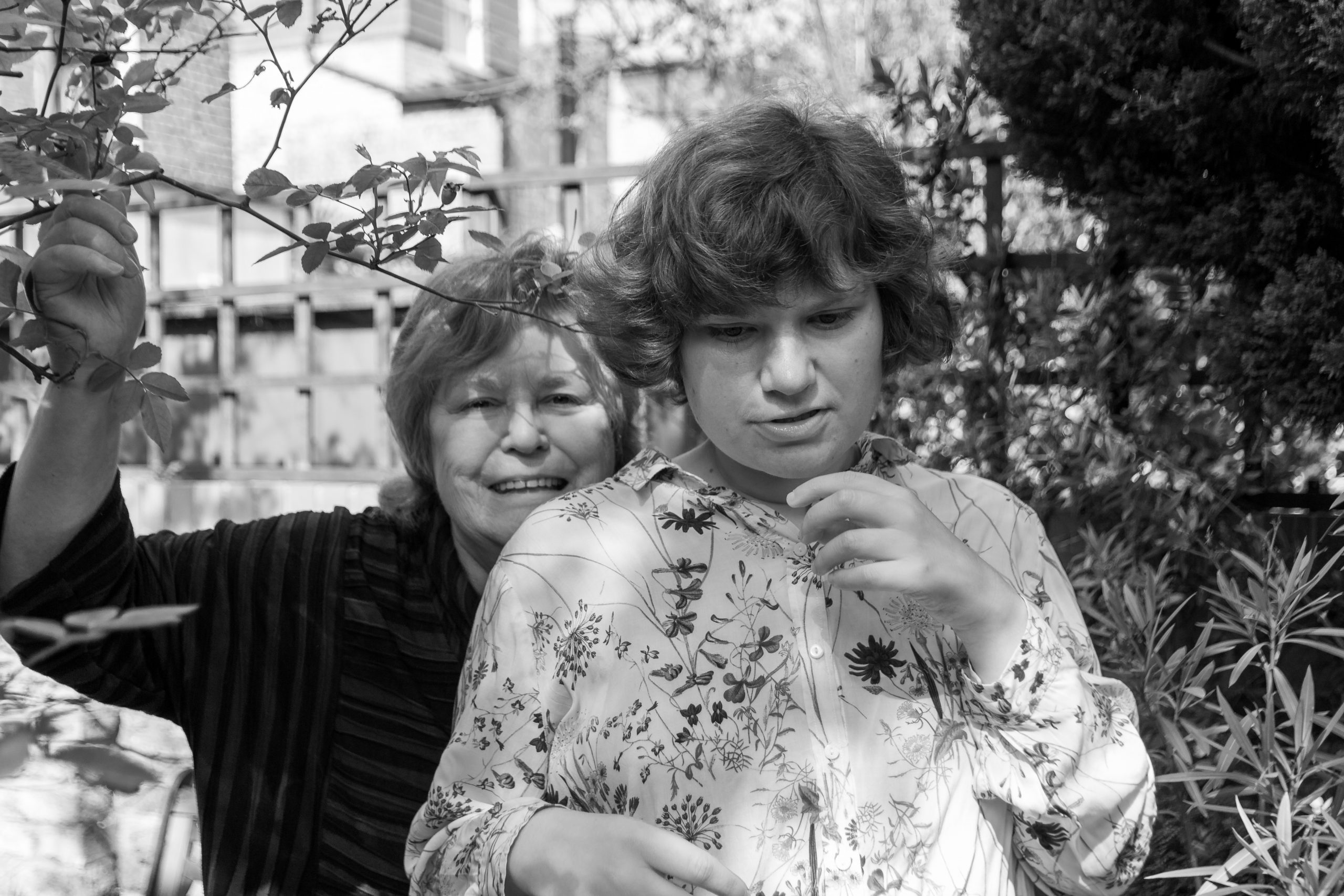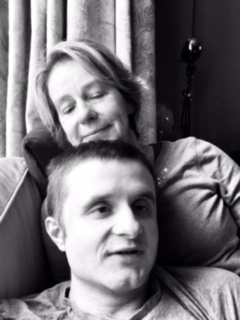Could self-advocates do more to include people with profound and multiple learning disabilities and be more realistic about what they can achieve? ask Clare Palmer and Virginia Bovell
The self-advocacy movement, with its aims of promoting independence and choice, inclusion and better opportunities for people with learning disabilities, is hugely valuable. We applaud its achievements wholeheartedly. However, major challenges must be addressed if it is to include people with profound and multiple learning disabilities (PMLD). For example, the language of campaigns often appears to be directed exclusively at self-advocates who “can talk and work together”, who will “speak up for themselves” and who are “helped to talk about what is happening”.
This seems to rule out people who do not use words – people who struggle to understand or express themselves except through behaviour. Alternatives to words, such as pictures and symbols, can be helpful for some – but not all. They are no substitute for the understanding that comes with knowing someone extremely well. It is usually family members or longterm support workers who understand the nuances of behaviour, gestures and facial expressions of a person with PMLD. Lifelong knowledge of someone and their experiences can be vital to making choices and reaching good decisions.
Yet, as Simon Jarrett said in the winter 2020 issue (We must be honest about including people with profound disability, page 3): “The very people who often dedicate their lives to ensuring their sons and daughters belong in some way have too often been seen as an obstacle to independence rather than a critical cog in the wheel of belonging.”
Greeted with suspicion
There is a long history of family advocacy that has led to progressive developments. Yet we are still often met with suspicion. For example, we recently found ourselves in the uncomfortable position of being criticised publicly for failing people with learning disabilities. We were campaigning for a supported housing development of 11 flats in our borough.
“We were being criticised publicly for failing people with learning disabilities ”
The scheme’s opponents (and potential neighbours) cited the oft-quoted “ordinary houses in ordinary streets” and “a maximum of six people under one roof” to object. They persuaded prominent learning disability advocates from outside the borough to speak against it. Without knowing the facts nor appreciating that a very committed local self-advocacy group also supported the project, they judged family carers’ knowledge and perspective as wrong.
The reality in our London borough is that the most ordinary home is a flat in a converted house or a block – buildings that hold far more than six people. Without this project, 11 people would miss out on their own flat or have to move far away. An ordinary house in an ordinary street is beyond the income of all but a few, and would be inappropriate for wheelchair users and those with additional needs.
Unrealistic ideals
Another area of potential exclusion of people with PMLD and their families is the adoption of “I” statements – for example the Reach standards for supported living. The statements are aspirational and well intentioned, but give little room for context or modification. They are far removed from what can ever be achieved in the lives of many people with PMLD, and may set people up for disappointment or cynicism.
For example, one of the standards states: “I choose how to be healthy and safe.” Our personal experience is very different.
Because of a complex range of gastrointestinal problems, Virginia’s son Danny has to have a severely restricted diet. He will seize every opportunity to eat forbidden foods, without understanding the potentially disastrous consequences. This means he has to be closely supervised and deprived of his liberty around food. He chooses none of this – but it is necessary for him to stay alive. The above statement not only puts words into his mouth (Danny does not use words) but also is simply untrue. It can never be true.
In similar vein, standards 1 and 2 – “I choose who I live with” and “I choose where I live” – belie our own experience. When Clare’s daughter Elinor needed to move out of the family home, there was only one possible vacancy locally, a shared house with three others, also with PMLD, where the intensive 1:1 support she requires was offered. The only choice was to accept or refuse and, because Elinor could not understand the situation, it was her parents who had to decide. The people living there were also reliant on others to make the judgment. This is the challenge: if people with PMLD and their families are to belong within the learning disability community, we need to work in partnership towards a good life for all, whatever the disability.
Virginia Bovell is the mother of Danny; Clare Palmer is the mother of Elinor. Both Danny and Elinor have profound learning disabilities
